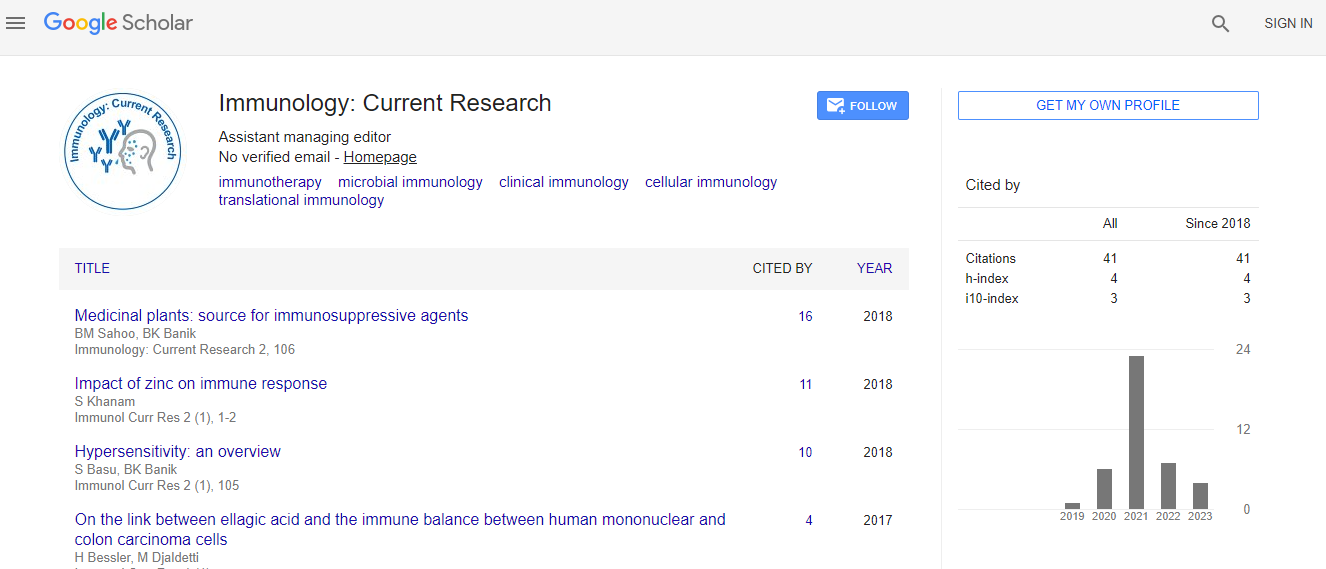Breaking the Fungal Biofilm with Q-Switched Nd: Yag Laser and Black Peel: Species-Blind Non-pharmacological Eradication of Azole-Resistant Onychomycosis
*Corresponding Author:
Copyright: © 2020 . This is an open-access article distributed under the terms of the Creative Commons Attribution License, which permits unrestricted use, distribution, and reproduction in any medium, provided the original author and source are credited.
Abstract
Background: Onychomycosis (ONM), hitherto an easily manageable problem, more commonly seen in elderly patients has unfortunately transformed into an extremely-difficult-to-treat nail disorder, especially due to the widespread azole resistance. Not only has the azole resistance become a reason of treatment failure with itraconazole or ITRA (the usual drug of choice), the azole-induced cross-resistance to oral terbinafine and topical amorolofine has rendered ONM caused by dermatophytes, yeasts as well as molds to multi-drug-resistant (MDR) ONM, refractory to all forms of pharmacological interventions. The problem is reaching epidemic proportions in South Asian Countries. The use of ITRA further becomes impossible in the elderly who are not only on polypharmacy (owing to plethora of drug-interactions of ITRA), but also stemming from its absolute contraindication in patients with any disease that has impaired or has the potential to compromise the patient’s cardiac function. Dermatologists across the Asia-Pacific are finding it difficult to treat all forms of ONM, especially because most have been rendered azole-resistant due to unscrupulous use of ITRA with respect to wrong dosage, duration and dietary-intake instructions due to wrong prescription by non-specialists and/or selfuse by the patients.

 Spanish
Spanish  Chinese
Chinese  Russian
Russian  German
German  French
French  Japanese
Japanese  Portuguese
Portuguese  Hindi
Hindi 
